KLEPTOSE® BioPharma Hydroxypropyl Beta-Cyclodextrin as a Potential Functional Alternative to Surfactants within Biologic Formulations
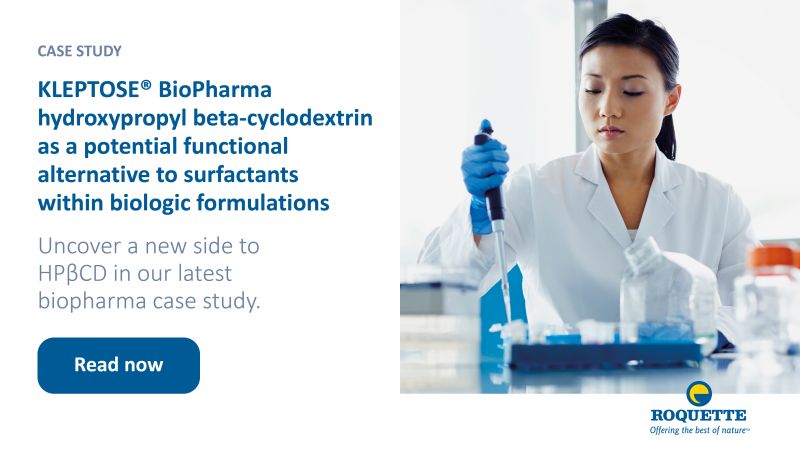
Roquette presented a new case study lately. See the use of KLEPTOSE® BioPharma Hydroxypropyl Beta-Cyclodextrin as a potential functional alternative to surfactants in the following:
CHALLENGE
Therapeutic proteins are inherently unstable and are sensitive to temperature change, shearing, shaking, solvents, ionic strength, purity, protein concentration, pressure and freeze/thaw-drying cycles. Of all the various degradation pathways possible, aggregation is one of the most common and a cause for great concern. Formulation is a key component that is required in order to produce a stable and efficacious biologic medicine.
Many excipients are used within biologic drug formulations, including a range of surfactants called polysorbates. As a potential functional alternative to surfactants within biologic formulations, hydroxypropyl beta-cyclodextrin (HPbCD) can act as an inhibitor of protein aggregation in liquid formulations by:
- Shielding hydrophobic interactions to block potential protein-protein interaction which causes aggregation
- Displacing proteins induced by air-water interface
EXPERIMENT
In this study, the capacity of HPbCD to stabilize proteins and inhibit their aggregation are evaluated against polysorbates in commercial mAb (monoclonal antibody) formulations.
Two grades of hydroxypropyl beta-cyclodextrins are studied: KLEPTOSE® HPB BioPharma, with MS (Molecular Substitution)=0.65 and KLEPTOSE® HP BioPharma, with MS=0.9.
Two experimental techniques are used: NanoDSF (Differential Scanning Fluorimetry) and size exclusion chromatography (SEC) HPLC.
Two model proteins are studied:
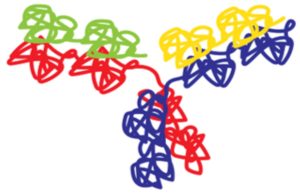
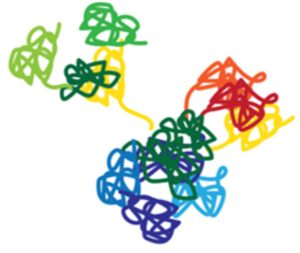
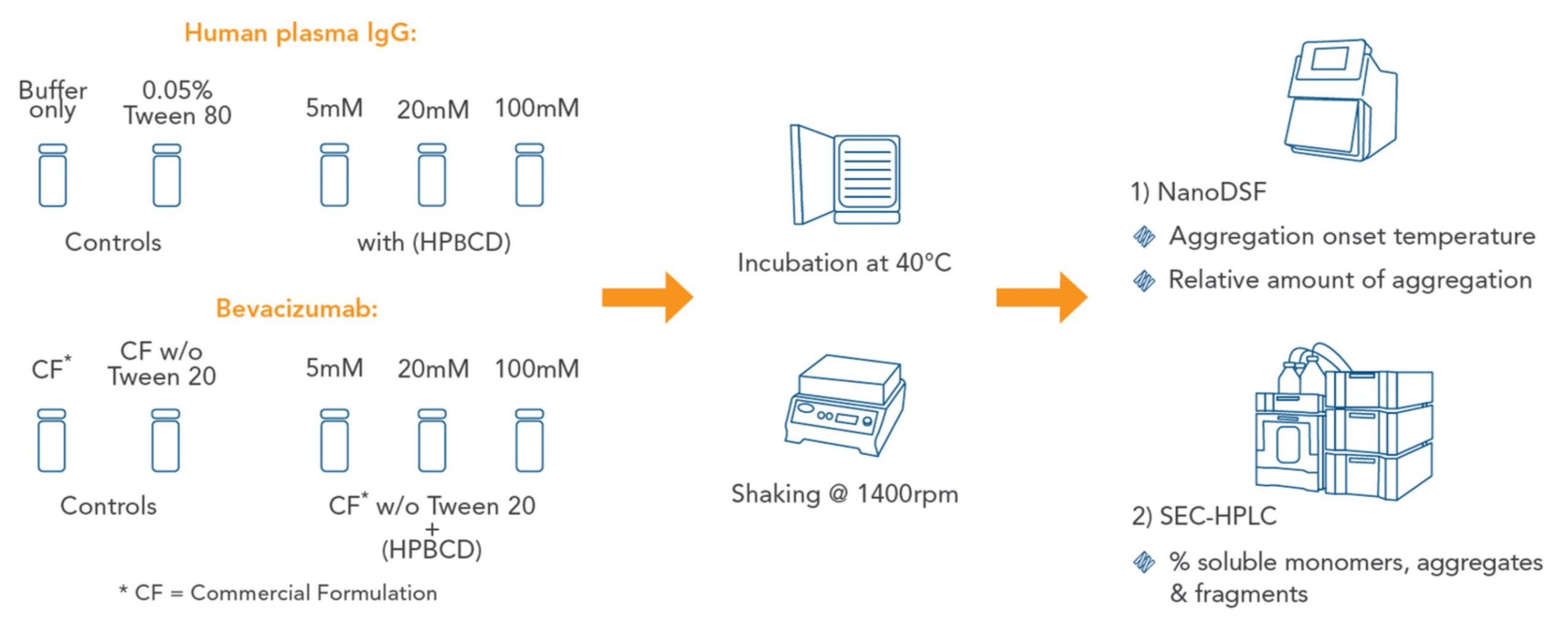
RESULTS
Figure 2 shows NanoDSF results of the effect of agitation stress on IgG protein unfolding in the presence of TweenTM 80 (polysorbate 80), KLEPTOSE® HP BioPharma and KLEPTOSE® HPB BioPharma.
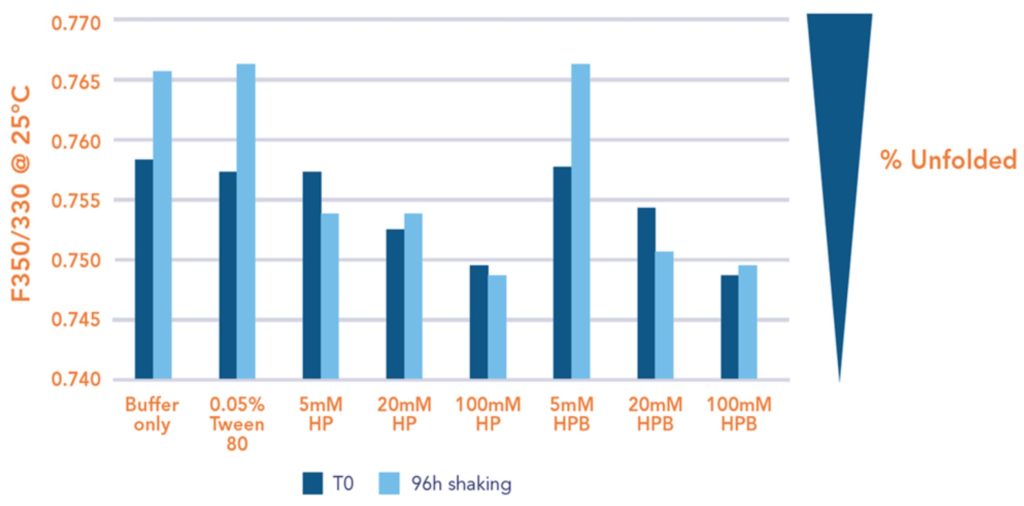
It clearly appears from figure 2 that both KLEPTOSE® HP and HPB lower the percentage of unfolded IgG as shown by the lowering F350/330 ratio with increasing HPbCD concentration. In addition, KLEPTOSE® HP and HPB have a protective effect on IgG with regard to agitation stress. In fact, compared to pure buffer solution or a 0.05% TweenTM 80 solution, the F350/330 ratios of solutions containing KLEPTOSE® HP and HPB present much lower variation after 96h of agitation.
Figures 3 and 4 present the agitation-induced and heat-induced aggregation of bevacizumab evaluated using SEC-HPLC methodology.
As demonstrated in figure 3, the rate of aggregation is lower in formulations containing KLEPTOSE® HP or HPB, when compared to the commercial formulation containing polysorbates. KLEPTOSE® HP and HPB thus seem to have the ability to interfere with the reversible self-association of protein monomers.
In addition, KLEPTOSE® HP and HPB reduce heat-induced aggregation in a concentration-dependent manner (see figure 4). KLEPTOSE® HP and HPB when used at optimized concentrations can be as effective as trehalose in inhibiting protein aggregation.
CONCLUSION
Source: Roquette, Website KLEPTOSE® BioPharma Hydroxypropyl Beta-Cyclodextrin as a Potential Functional Alternative to Surfactants within Biologic Formulations (roquette.com)

